Is Neurodiversity Coming of Age in 2020?
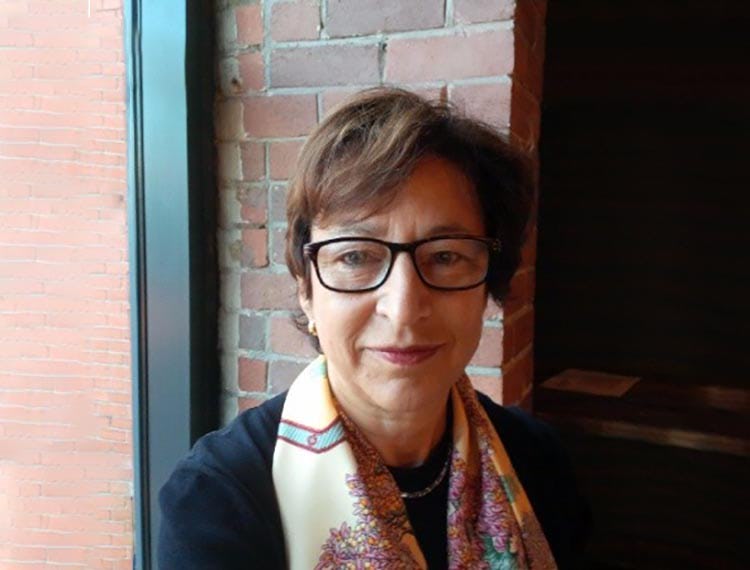
#Neurodiversity – The rationale for positive person-centred framing
Neurodiversity is a term that is increasingly being used to embrace a number of conditions such as Dyslexia, Dyspraxia, ADHD, Autism Spectrum Condition, Tourette’s syndrome and Developmental Language Disorders (DLD)) and moves away from the use of the term ‘specific learning difficulties’.
This change in framing from difficulties to diversity is more than a word exchange but a fundamental shift in how individuals are viewed and supported and for the identification process. A shift in thinking is more than a fashionable change but could aid retention especially for those students that continue t be missed, misdiagnosed or misunderstood.
The term neurodiversity was first thought to be coined by Australian sociologist Judy Singer in the late 1990s.
US journalist Harvey Blume wrote in Atlantic magazine in 1998 that:
“Until recently, NTs[neurotypicals] have had the privilege of believing that their form of wiring was the standard for the human brain.”
He went on to say: “Neurodiversity may be every bit as crucial for the human race as biodiversity is for life in general.” and described the potential of ‘geeks’ and that “Cybernetics and computer culture, for example, may favor a somewhat autistic cast of mind.”
A time of positive reframing
The concept, although originally more focused on people with Autism Spectrum Condition / Disorder (ASC/D), has widened to include conditions such as Attention Deficit Hyperactivity Disorder (ADHD), Autism Spectrum Condition / Disorder (ASC/D), Dyslexia, Dyspraxia/Developmental Coordination Disorder (DCD), Dyscalculia, speech and language difficulties, and Tourette’s syndrome under this umbrella.
Neurodiversity embraces these neurological differences and even more importantly recognizes and respects this human variation. Terms such as disorder, difficulties and disabilities has been for many a negative viewpoint about themselves as for some describe feelings of shame. They can be limiting.
The diagnosis is based on what the person cannot do rather considering the benefits that some of these traits can bring. There is increasing recognition that utilising the skills and view-points of different brains brings real advantage.
In colleges and universities we may be missing out on harnessing this talent as we don’t have an adequate means of recognising these strengths and challenges especially in some by our existing systems and approaches.
Neurodiversity is common
Neurodiversity is common within the general population and at even higher rates in specific populations such as those who are unemployed and in prison. Rates for each condition are cited anywhere from 1% to 10% of the population.
One of the key issues at present regarding Neurodiversity is that diagnosis of each condition is made on the basis of a set of symptoms using, for example, international criteria such as DSM-5 (APA, 2013) and ICD-10 (WHO, 1993).
Access to one or more diagnoses remains variable. The assumption that students will come to college or university and will know they have additional learning needs and/have a diagnosis is a false one for many. Lack of identification may be attributable to the route to diagnosis which can be inconsistent, and for some conditions difficult to access all together (e.g. Jones et al., 2014).
Specific learning difficulties were only ever specific to the person
Extensive evidence also shows that neurodiverse conditions often co-occur or overlap with one another, so a student with one diagnosis will be quite likely to have challenges in one or more areas to a lesser or greater degree but may not have had these specific needs addressed.
This is particularly true of individuals with multiple Neurodiverse conditions (Brett et al., 2016; Kentrou et al., 2018) and also individuals with co-occurring Neurodiverse and mental health condition(s) (Barkley and Brown, 2014; Takara et al., 2015).
This may be a reason why their overall needs are not met because diagnosis and support has tended to be delivered in silos. For example, Dyslexia being seen as ‘educational’ and ADHD as a ‘health condition’ despite the fact that overlap of the two conditions has been cited by some researchers as high as 40%. Neurodiversity embraces the reality of a dimensional approach.
Significant numbers of students miss out on support because of a categorical approach
There are a significant number of students who miss out all together in being recognised as having challenges that potentially need more support at university. The categorical approach which means you have ‘it’ or not means that those students at the margins or who come ‘just below’ a diagnostic threshold continually not being recognised.
These students in particular may be the ones that become NEETS as their pattern of challenges (and strengths) may not fall into one specific category. That is, they are not severely dyslexic ‘enough’ or have ‘enough’ ASC symptoms to get a diagnosis but still their overall pattern of challenges puts them at a disadvantage in gaining support.
Who misses out?
Until recently many females were less likely to have been diagnosed with one or more neurodiverse conditions because the diagnostic lens has been more male focused. There is increasing recognition that females may demonstrate some differences in the way they present compared with males. For example, females with Autism Spectrum Conditions may better at camouflaging their social interaction differences but this may result in higher rates of anxiety levels as a consequence. Their route to support, if any, may be through these mental health challenges.
Another group of students that continue to miss out on identification and support are students from disadvantaged backgrounds. There is evidence of higher rates of ‘special educational needs’ in students on Free School Meals (a proxy marker of deprivation) and retention rates are also significantly lower in those from more disadvantaged areas. Their parents may be less vocal (and may be neurodiverse as well) and schools be less aware of identifying these student attributing challenges to their social setting. Students who have been in care are also at far greater risk of ‘drop out’ and also have much higher rates of neurodiversity, but sadly have far lower rates of recognition.
A positive framing
The concept of neurodiversity offers a more positive framing away from deficit, disorder and disability to a way of conceptualising both strengths and challenges across all individuals. We do require a means of mapping the profiles of individual students that allows us to know how and where to provide person centred support to maximise talent.
Taking a person-centred approach
Do-IT Profiler is a computer based accessible screening system that has been designed with the extensive experience of the founders who have worked in the field of neurodiversity for more than 25 years. The system takes a psycho-social approach to identification and support and has been extensively used in colleges and universities with 1000s of students.
It provides instant contextual person-centred guidance for both students and staff, along with data to aid decision making and planning of service provision. Profiler helps to assist in early identification of need, so that support can be put in place to aid student retention. It is also being widely used in other sectors such as apprenticeships and in the workplace but in each setting guidance is contextualised for that setting.
Professor Amanda Kirby, CEO of Do-IT Solutions
Professor Amanda Kirby is unusual, as she is a GP, experienced researcher, clinician and most importanly parent of neurodiverse children and grandchildren. This provides her with an understanding of neurodiversity and co-occurrence from differing perspectives and a drive to raise awareness and champion best practices. More than 20 years ago she set up The Dyscovery Centre, an interdisciplinary centre of health and educational professionals because of her personal experiences. She has recently retired as a professor at the University of South Wales, and lectured to more than 100,000 individuals worldwide, written over 100 research papers and 9 books which have been translated into more than 5 languages. Amanda is now the CEO of Do-IT Solutions, a tech-for-good company, who have developed unique person-centered computer profiling tools and apps to support neurodiverse children and adults in a range of contexts including education, prisons, and employment settings used nationally and internationally.


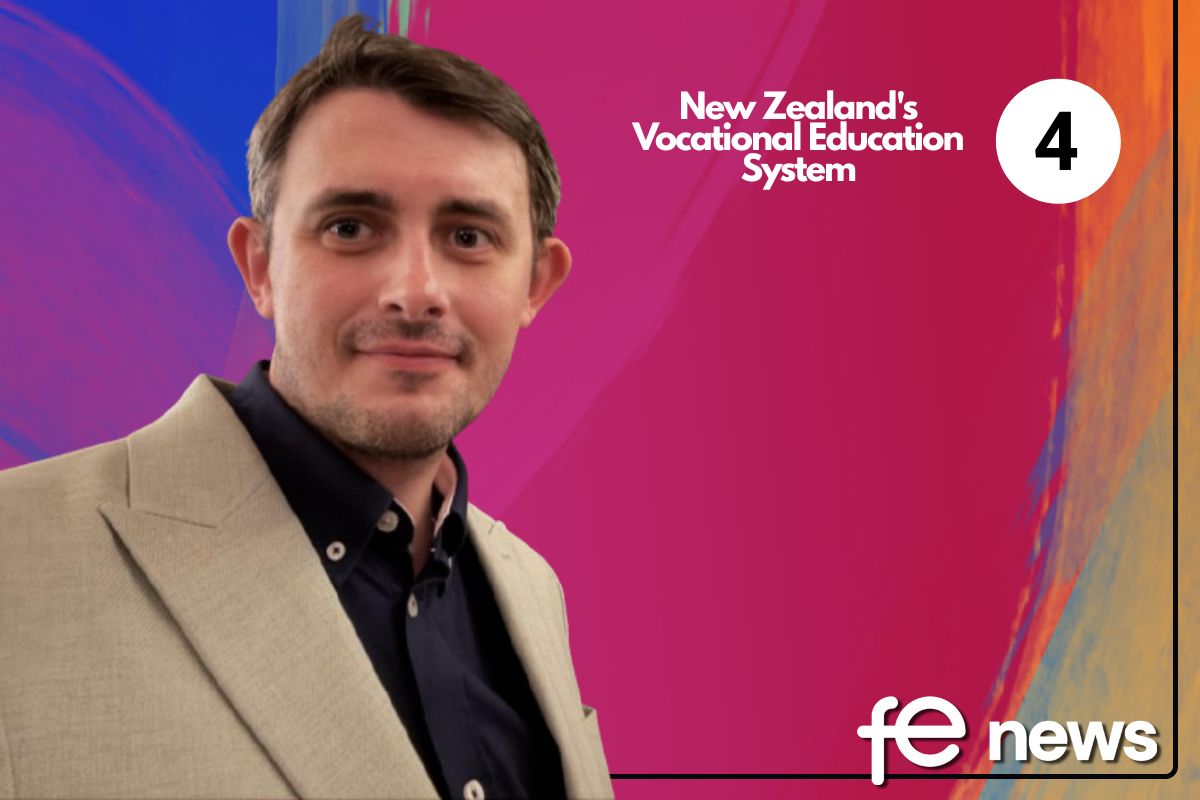
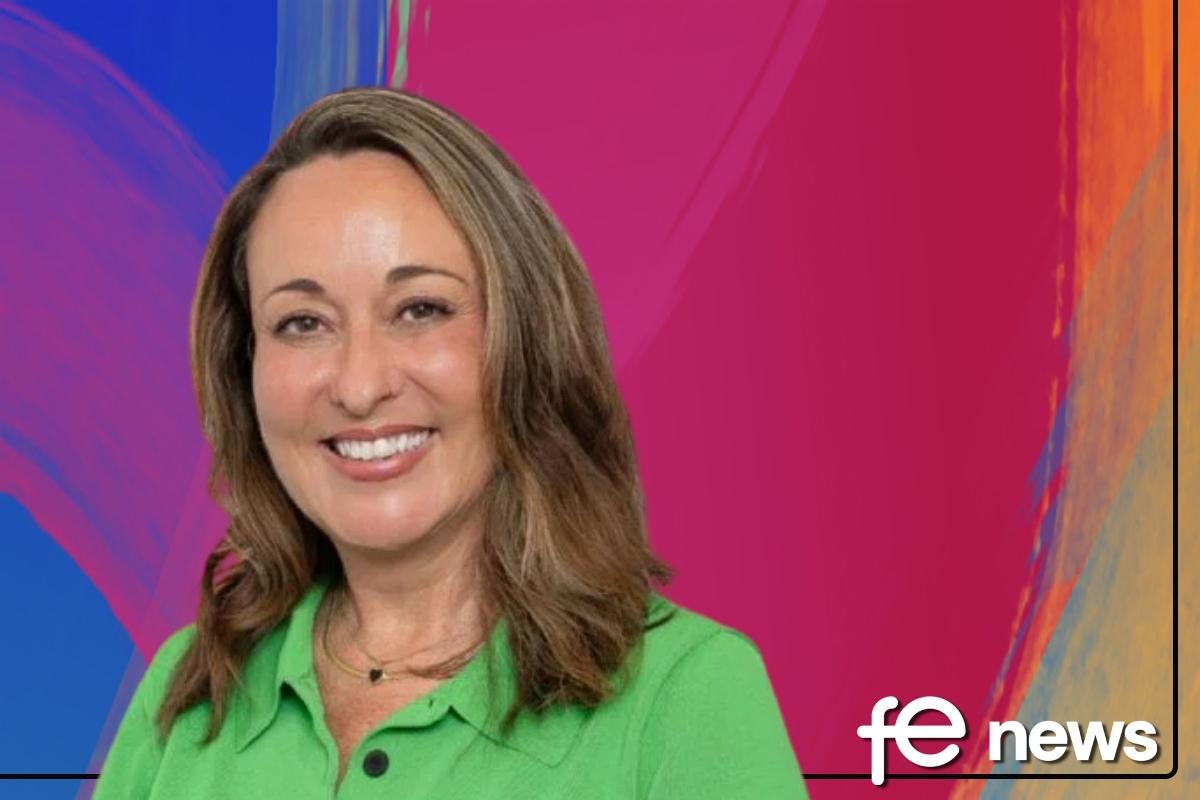
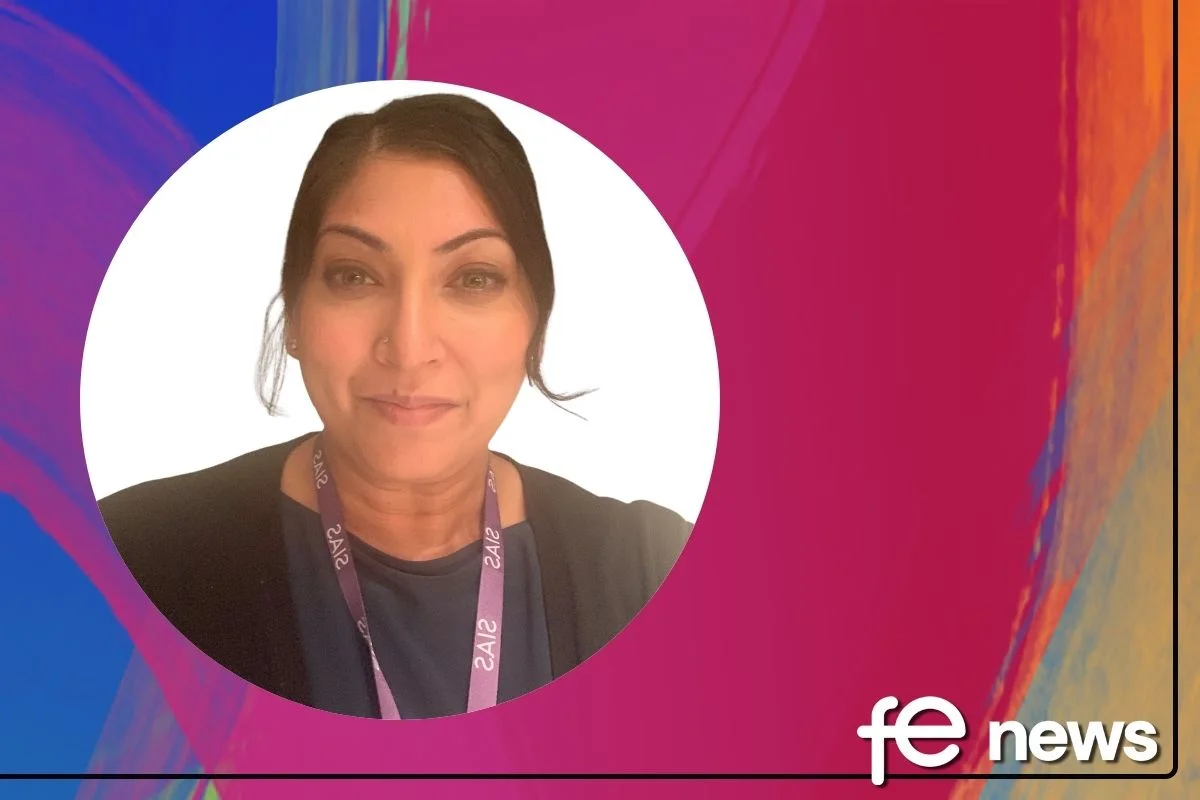

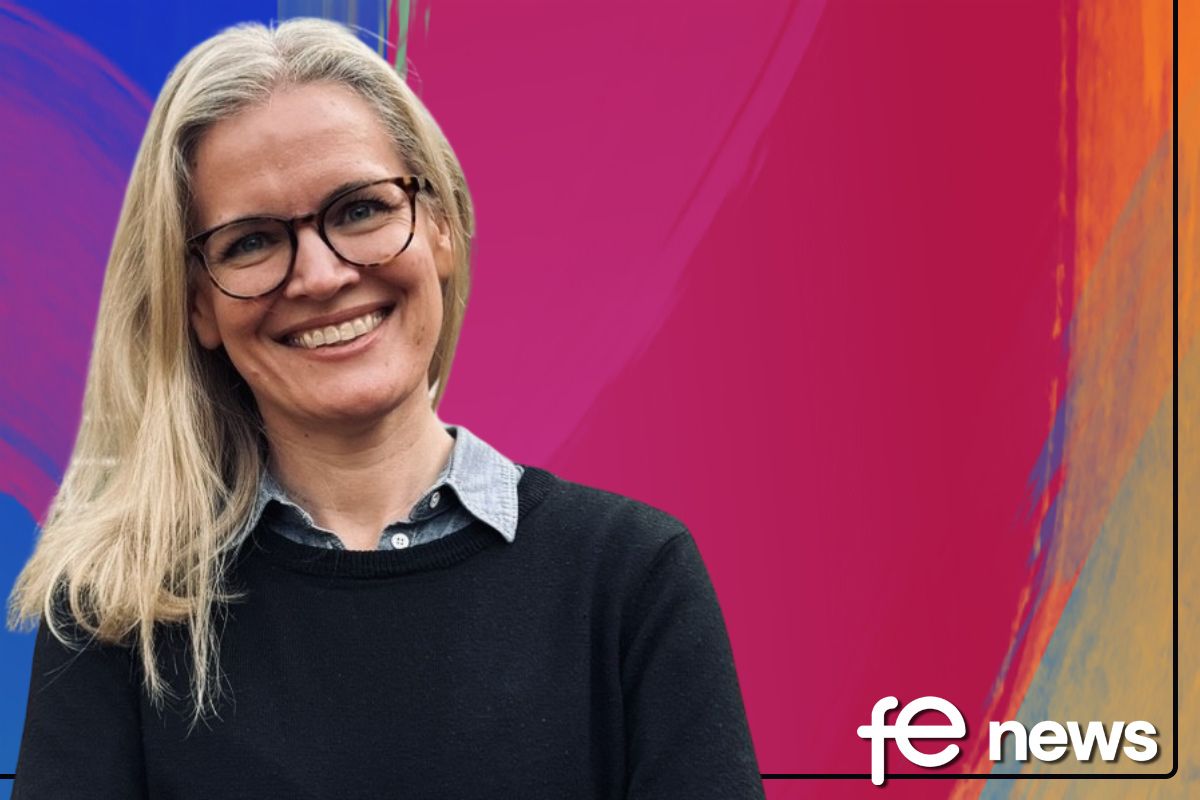
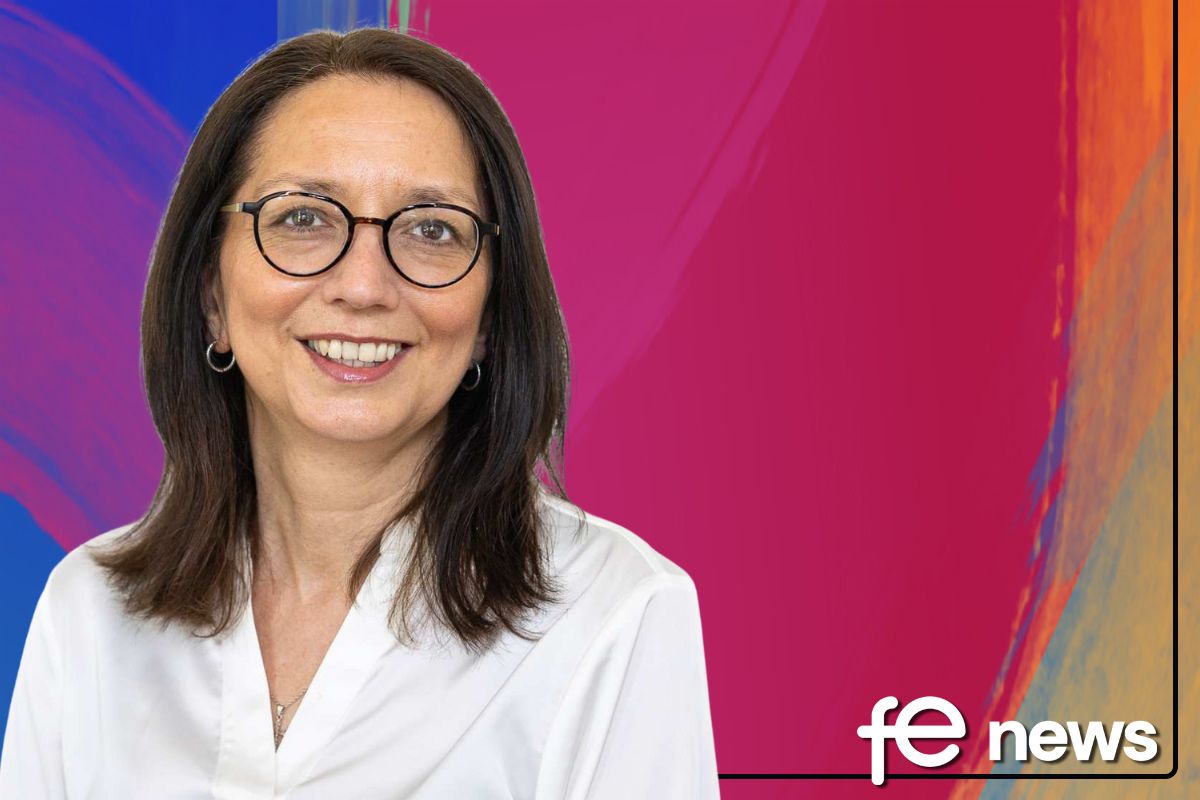



Responses